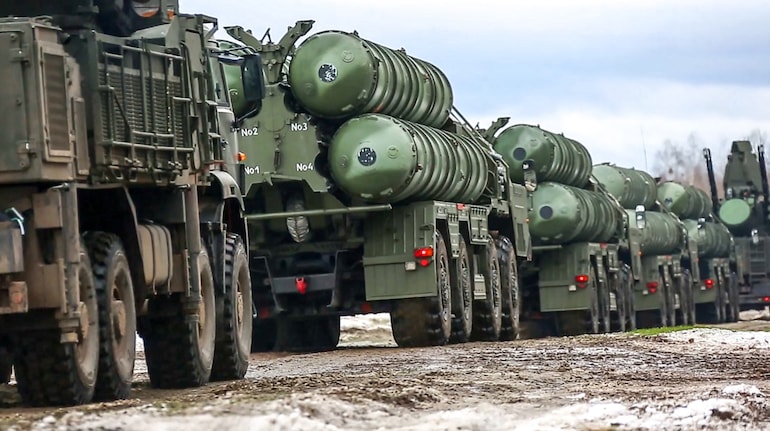SOURCE: AFI


In a recent statement, Pakistan’s prominent defence analyst Bilal Khan has cast doubt on Islamabad’s claims of successfully targeting and destroying India’s advanced S-400 air defence systems and BrahMos supersonic cruise missile units. According to Khan, these assertions appear to be primarily aimed at domestic audiences, lacking credible evidence to substantiate them.
Independent open-source intelligence (OSINT) analyses, including satellite imagery, have further failed to confirm any such destruction on Indian territory, raising questions about the veracity of Pakistan’s narrative and suggesting that any plans to strike these assets may have fallen short.
Pakistan’s alleged strikes on India’s high-value military assets, including the Russian-made S-400 air defence system and the Indo-Russian BrahMos missile units, were touted as a significant escalation in the ongoing tensions between the two nuclear-armed neighbors. These claims surfaced amid heightened rhetoric and sporadic cross-border incidents, with Pakistan asserting that its military had conducted precise operations to neutralize key Indian defence infrastructure. Such actions, if true, would represent a major strategic victory for Pakistan, given the technological sophistication and strategic importance of the S-400 and BrahMos systems.
The S-400 Triumf, one of the world’s most advanced air defence systems, is designed to detect, track, and intercept a wide range of aerial threats, including stealth aircraft, missiles, and drones. India acquired these systems from Russia to bolster its air defence capabilities, particularly along its borders with Pakistan and China. Similarly, the BrahMos missile, a product of a joint India-Russia venture, is a supersonic cruise missile capable of being launched from land, sea, air, and submarine platforms, with a range and precision that make it a formidable weapon in India’s arsenal.
Pakistan’s claims, therefore, carry significant weight, as they imply a breach of India’s advanced defence network. However, without verifiable evidence, these assertions risk being dismissed as propaganda, especially given the complex dynamics of India-Pakistan relations and the history of information warfare between the two nations.
Bilal Khan, a respected defence analyst known for his detailed and balanced assessments of military developments in South Asia, has openly questioned the credibility of Pakistan’s claims. In his analysis, Khan emphasized that Pakistan has yet to provide any tangible proof—such as imagery, videos, or other forms of verifiable data—to support its narrative of successfully targeting India’s S-400 and BrahMos units. This absence of evidence is particularly striking given the scale of the alleged operation, which would likely leave visible traces, such as damaged infrastructure or debris, detectable by modern surveillance technologies.
Khan further noted that the claims appear tailored for domestic consumption, likely intended to bolster national morale and project an image of military prowess amid ongoing economic and political challenges in Pakistan. By asserting success against India’s advanced systems, the Pakistani establishment may be seeking to rally public support and counter perceptions of strategic inferiority, particularly in light of India’s growing military modernization.
Adding weight to Khan’s skepticism, independent OSINT analysts have scrutinized satellite imagery and other publicly available data to assess the validity of Pakistan’s claims. These analyses, conducted by credible third-party organizations and individuals, have found no evidence of destruction or damage to Indian military installations housing S-400 or BrahMos units. High-resolution satellite imagery, which has become a critical tool in modern conflict analysis, has shown no signs of the devastation that would accompany strikes on such high-value targets.
For instance, OSINT platforms have cross-referenced Pakistan’s claims with imagery of known Indian military bases and air defence sites. The absence of visible damage—such as craters, destroyed equipment, or disrupted infrastructure—undermines Pakistan’s narrative. Moreover, the precision and redundancy built into systems like the S-400 make them challenging targets, requiring sophisticated planning and execution to neutralize effectively. The lack of corroborating evidence suggests that any Pakistani operation, if attempted, did not achieve its intended objectives.
NOTE: AFI is a proud outsourced content creator partner of IDRW.ORG. All content created by AFI is the sole property of AFI and is protected by copyright. AFI takes copyright infringement seriously and will pursue all legal options available to protect its content.